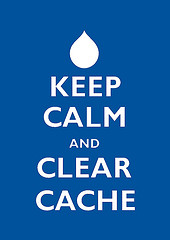
Chromecast needs cables and power.
My son presented me with a Chromecast for Christmas. Chromecast has an excellent out-of-box experience: a slipcase box with a smooth matte finish, four simple pieces and a tiny little manual. Unlike the ads, the Chromecast needs a cable plugged into the rear while the front plugs into the HDMI port. The rear cable powers the unit, since HDMI doesn’t supply power. The cable is a mini-USB, which you could hook up to your TV/monitor if it has USB, or attach the cable the supplied wall-wart power supply. The last item in the box is an HDMI extension cable, just in case your back panel is too cramped to fit the Chromecast directly into the socket.
Setup was drop-dead simple. Power up the TV, select the HDMI input, follow the onscreen instructions to download the corresponding Chromecast extension to your Chrome/Chromium browser, or the Android App and follow the instructions. About the only pain in the neck was typing in the WPA2 impossibly-long password, but that’s not Chromecast’s fault. Up and running!
Chromecast is limited to video-forwarding YouTube, playing Google Play music and videos, proprietary services (NetFlix, HBO GO, Pandora, etc.) and (beta) sharing a single Chrome tab to the TV.
A little searching (on Google, of course) says there’s interesting hacking going on already. The single-core CPU, 2 GB RAM and 512Mb Flash is a dedicated System-On–a-Chip (SOC). It runs Linux, of course. And it appears to share a lot in common with not-so-successful GoogleTV. Hit up your favorite search engines for the latest details, views of the internals, and some interesting reviews.
The only disappointment was reading the license (yes, who reads the licenses?) that tells me the Chromecast includes some Microsoft DRM to protect “content providers” and you agree to let the device be updated to protect the content providers. I’d be happier to opt out and remove the “Play Now” features to make room for something more useful, like an XBMC install 🙂




